Every year on June 19, Americans have the opportunity to commemorate Juneteenth—the day in 1865 when federal troops arrived in Galveston, Texas to take control of the state and liberate all enslaved people. This was two and a half years after the Emancipation Proclamation; a gap between Abraham Lincoln’s pen strokes and actualized Black freedom that illustrates how there is often a pronounced delay between the official declaration of progressive outcomes and their concrete achievement.
Juneteenth offers us the opportunity to think expansively about the gaps between aspirations and reality in our own time. One of those gaps is the distance between our national commitment to the ideals of liberty and freedom and the brutal reality that the United States incarcerates more people than any other nation in the world, with 1.8 million people incarcerated in state and federal prisons and local jails.
We need to ask ourselves what it means to celebrate Juneteenth in an age of mass incarceration. In recent years, scholars and activists have highlighted the racist origins of mass incarceration as an outgrowth of slavery and an extension of exploitative labor. Books like Michelle Alexander’s “The New Jim Crow” and documentaries like Ava DuVernay’s “13th” demonstrate that there is a direct line connecting today’s racial injustices in the justice system to the horrors of America’s past.
The 13th Amendment may have abolished slavery, but not for incarcerated people. Instead, it laid the foundation for the convict lease system, through which convicts became a source of revenue for states. The convict lease system made convicts’ condition infinitely worse than under a system of slavery. That’s because enslavers had a financial investment in the people they enslaved, as they served both as a source of labor and a source of capital when sold; for this reason, enslavers had an incentive to exercise a certain level of restraint in the amount of work required and punishment issued. This restraint was not bestowed upon leased convicts, where no right of ownership existed.
The 13th Amendment may have abolished slavery, but not for incarcerated people. Instead, it laid the foundation for the convict lease system, through which convicts became a source of revenue for states.
Increasing incarceration rates continue to be an explicit method of increasing the supply of forced labor. For example, at Louisiana State Penitentiary (also known as Angola), inmates are compelled to perform hard manual labor in the brutal heat for very little pay, harvesting fields on the site of what was once a slave plantation.
It is not simply in its origins that mass incarceration codifies racial injustice. Today, Black Americans are more likely to be surveilled by police via technology; more likely to be pulled over by police; more likely to be killed in encounters with police; more likely to be charged, convicted, and face lengthier prison sentences; and more likely to face the death penalty. This carceral culture extends to the lives of Black children and adolescents too; Black juveniles are more likely to experience suspension or expulsion from school and are more likely to be charged as adults in court. A 2020 study found that between 2003 and 2018, Black children “had a six-fold higher risk of death due to legal intervention.”
These racial disparities are a clear sign that injustice is occurring at a staggering scale. Consequently, ending mass incarceration is one of the foremost civil rights issues of our time.
Recently, a groundswell of activism has led to the elections and reelections of progressive state’s attorneys and district attorneys across the nation, who are prosecuting major crimes while simultaneously working to dismantle mass incarceration. In 2019, Baltimore State’s Attorney Marilyn Mosby announced that her office would no longer prosecute marijuana possession cases, stating that “prosecuting these cases has no public value, disproportionately impacts communities of color and erodes public trust, and is a costly and counterproductive use of limited resources.” In March 2020, in order to reduce the spread of COVID-19 in jails and prisons, Mosby ordered her staff to dismiss pending criminal charges against anyone arrested for possession of drugs, attempted drug distribution, prostitution, trespassing, open container, and minor traffic offenses.
From Kim Foxx in Chicago to Satana Deberry in Durham, N.C. to Larry Krasner in Philadelphia, prosecutors are challenging the old paradigm that uses incarceration as a bludgeon to batter communities into compliance. These progressives are opting to not prosecute low-level nonviolent crime such as jumping turnstiles or possessing small amounts of marijuana, and instead are working to end regressive bail requirements, reduce the length of probations for returning citizens, and divert juvenile offenders to community rehabilitation programs rather than to courts and prisons.
Critics of prosecutorial reform have recently pointed to growing crime rates—including a spike in violent crime this past year—as supposed evidence that progressive reforms are failing. But it is not surprising to see these crime surges as a byproduct of a pandemic that has led to massive unemployment, kept kids out of school, and increased overall precarity. In addition, what these critics won’t tell you is that violent crime has been consistently rising in cities across the nation regardless of whether those cities have progressive reformers or conventional, “tough on crime” DAs. According to a report by the Major Cities Chiefs Association, 63 out of the nation’s 66 largest police jurisdictions experienced violent crime increases in 2020.
Moreover, the preferred alternative to these reforms doesn’t have a great track record. After decades of “broken windows” policing that specifically targeted low-level offenses like turnstile jumping and tended to have disproportionate negative impacts on minority communities, the evidence is still remarkably inconclusive as to how much that controversial approach affects violent crime rates.
The recent electoral wins by State’s Attorney Foxx (in a 2020 general election) and District Attorney Krasner (in a May primary) show that many community residents are not falling back on overly punitive “law and order” politics that have prevailed for so long. Instead, a greater number of people are looking to justice models built on crime prevention through social services, coupled with enhanced efforts to aid rehabilitation and reentry for community members who get caught up in the justice system.
Still, progressives represent a tiny fraction of the nation’s prosecutors. As NPR notes, “Out of more than 2,400 elected prosecutors fewer than 100 pursue reform agendas.” To achieve greater momentum in this work, we need to elect more prosecutors who share the vision, as well as similarly minded mayors, city council members, and other public officials.
On June 22, just three days after Juneteenth, New York City residents will have the opportunity to elect a new district attorney in a race that includes several progressive candidates. A recent article in The Nation notes that New York’s DAs tend to influence the policy direction of other DAs across the nation. Indeed, New York is one of the cities most notoriously associated with the broken windows theory and stop-and-frisk policy, which was implemented by Mayor Rudolph Giuliani (who still defends it) and upheld by Mayor Michael Bloomberg (who sought to distance himself from it in his 2020 bid for president).
Even after that first Juneteenth in 1865, formerly enslaved Black people in Texas faced violence from enslavers not ready or willing to lose their source of unpaid labor. This week, as we celebrate our emancipation, we remember those who fought and died to make it possible—and those for whom freedom still is not possible.

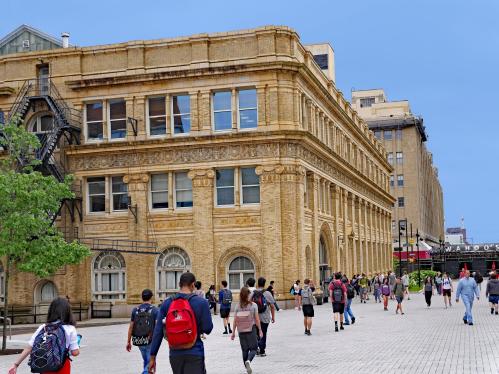
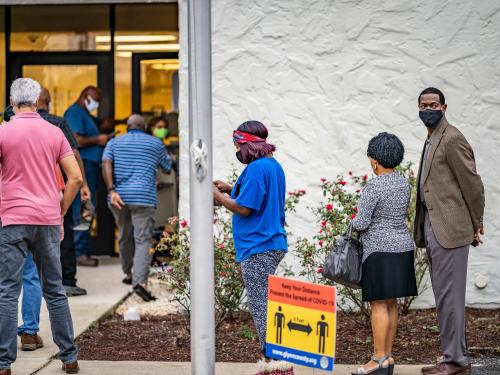
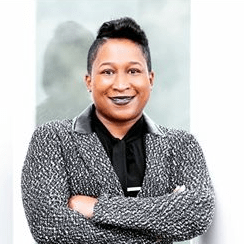
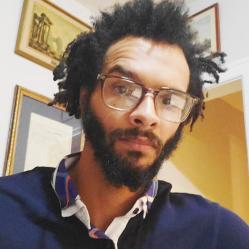


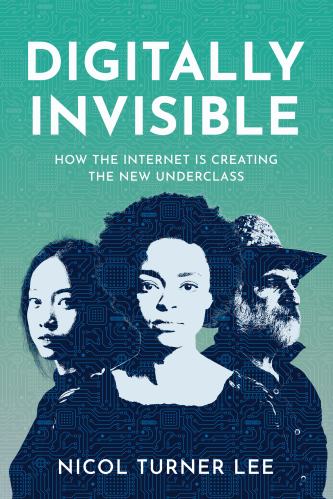
Commentary
To celebrate Juneteenth, elect officials focused on ending mass incarceration
June 15, 2021